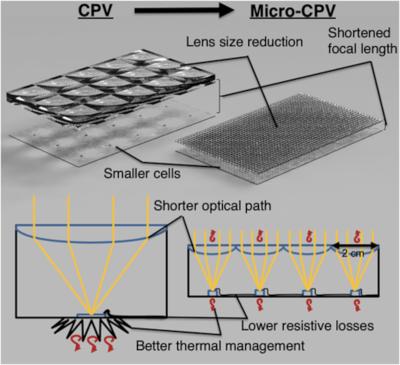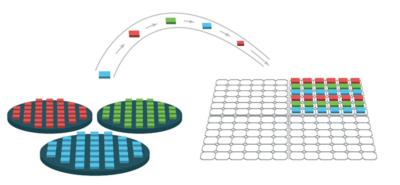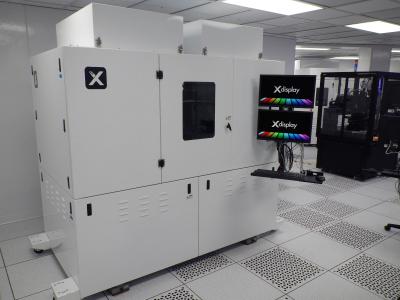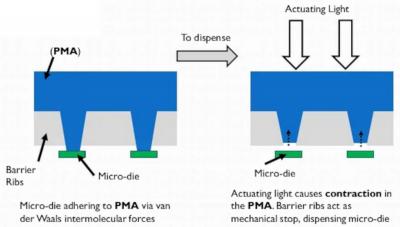An interview with Justin Brown - X Display's Executive Vice President Operations & Equipment
Justin Brown is X Display's Executive Vice President for Operations & Equipment. Justin leads the company’s supply chain development, manufacturing partner relationships and also its Equipment division, which provides mass-transfer equipment for XDC’s partners and licensees. Justin was kind enough to answer a few questions we had for XDC.
Q: Hello Justin, thanks for your time. XDC has been a bit quiet in the last few years. Can you bring us up to date on your microLED technologies, processes and products?
Thank you for the opportunity to share the progress at XDC. We have been busier in the near past than ever before. As you know, we first announced our MicroIC technology, our mass transfer process, our manufacturing equipment and the uniqueness of our approach, the IP strength we possess and the experience of the team. This led to broad customer visibility and we narrowed down our efforts to a select set of partners that we are currently working with. We have deep engagements with customers that we anticipate will result in end product announcements in the future.






